

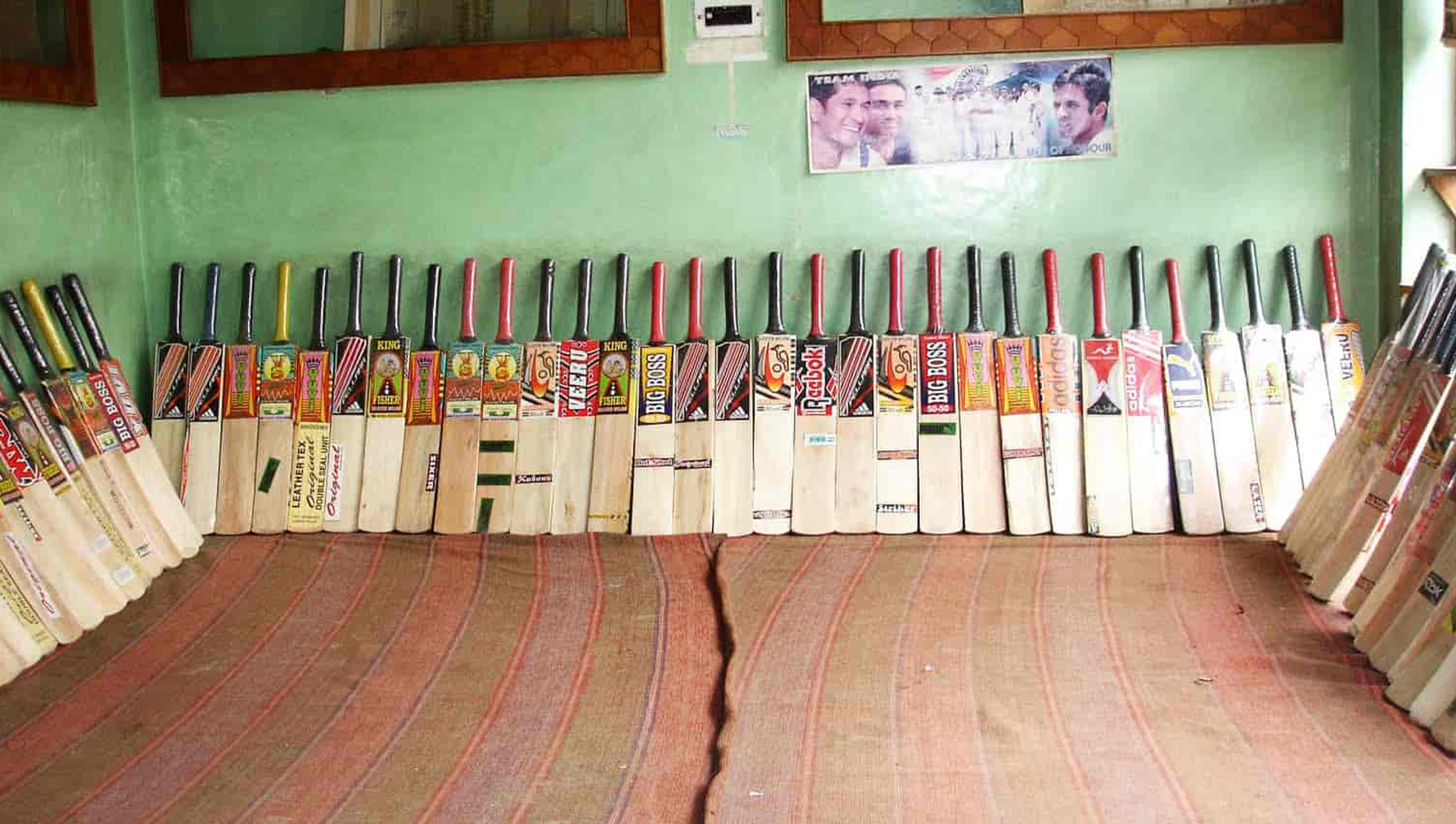
ANANTNAG: While cricket is undoubtedly the most popular sport in the country, the bats from Kashmiri willow remained out of the limelight for so long.
It was Oman’s Bilal Khan and Naseem Khushi who brought the limelight to Kashmiri willow when they played the T20 World Cup last year with the bat made in the region.
The limelight is now completely on the Kashmiri willow bats as Asia Cup 2022 in Sri Lanka and then T20 World Cup in Australia will see players from nine international teams use the bats.
The willow trees that are used for making these bats have been part of Kashmir’s beautiful landscape for millennia. But it was only in the 19th century that forest department officials Walter R Lawrence and JV MacDonell began encouraging the development of large willow tree plantations.
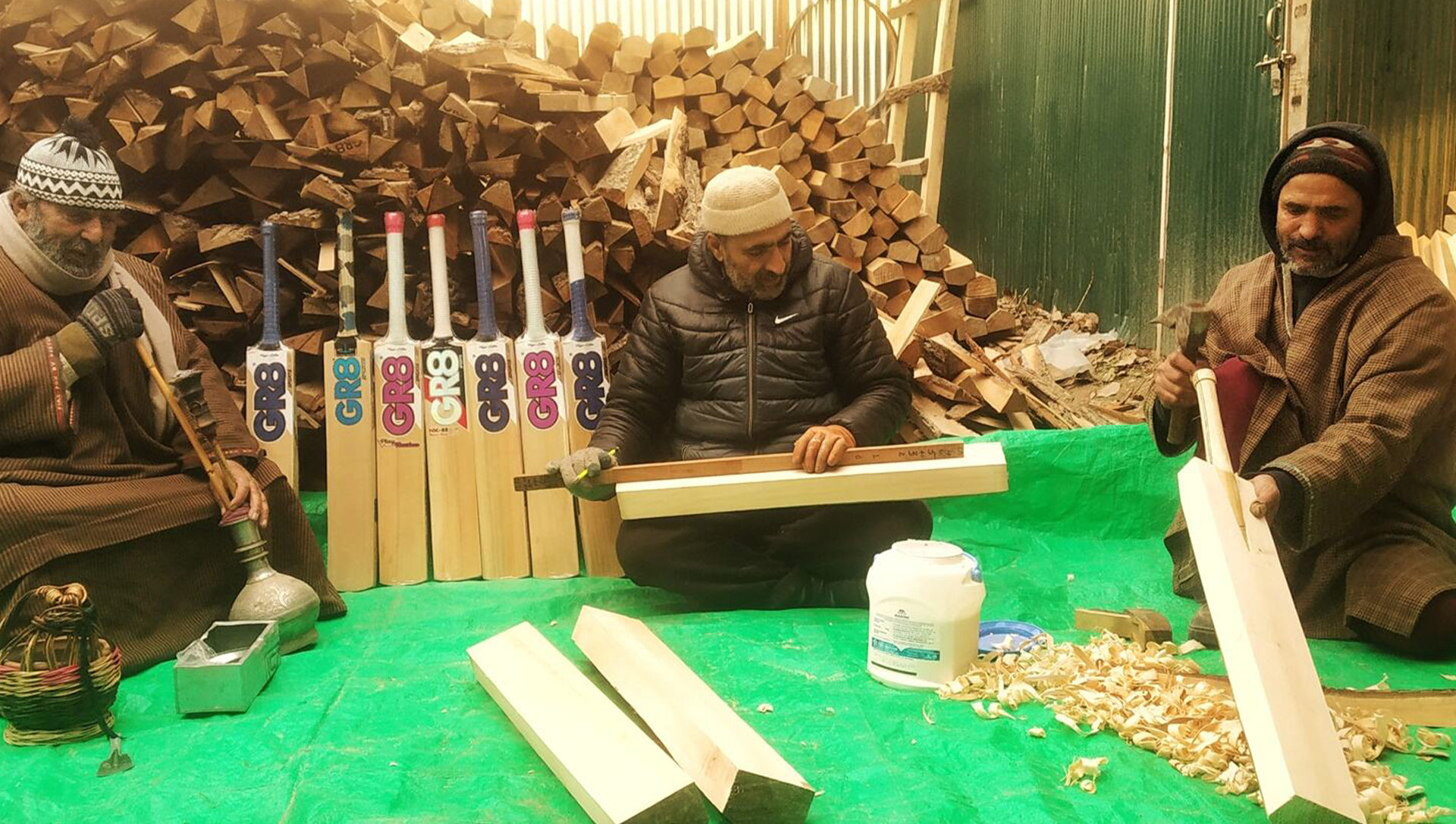
Colonisation may have brought cricket to the subcontinent, but the game got a cult status in the country. The 1980s and 1990s marked the beginning of a cricketing frenzy, and this was when the cricket bat industry also got a huge fillip. Famous cricketers including Sachin Tendulkar and Vivian Richards have played with Kashmiri willow bats.
ALSO READ: IPL: Star India Wins TV Rights, Viacom18 Bags Digital
Owner of famous bat manufacturing unit, Gr8 Sports, Fawzul Kabir said, “Importers from around nine cricket playing nations have placed orders for Kashmiri willow bats. Those nations include Afghanistan, Bangladesh, UAE, Qatar, Bahrain, Pakistan, Sri Lanka, New Zealand, South Africa and Denmark.”
“Not only me but all manufacturers are excited as this will be the first time since independence that our product will be meeting international standards,” Fawzul said. “My company has signed an agreement with six Afghan national team cricketers recently to use bats made of Kashmiri willow.”
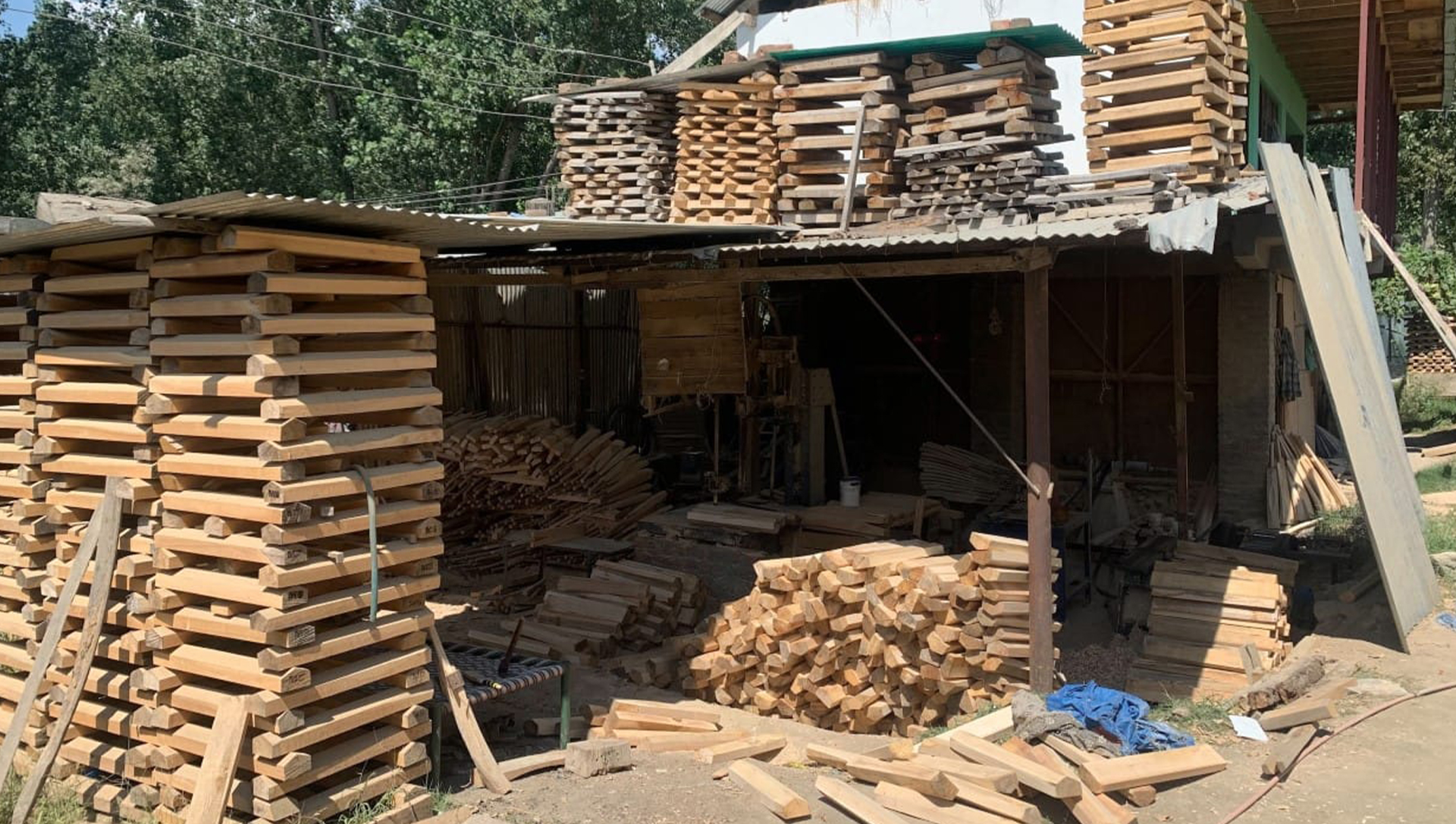
Fawzul’s father Abdul Kabir sold off his farmlands to set up a cricket bat factory in the Anantnag district more than 45 years back. “Many wondered if he was being foolish in taking such a gamble. Many tribulations later, now it is an industry and hundreds are earning a livelihood,” said the proud son.
Official figures reveal that there are over 233 bat-manufacturing plants in the Valley. About 80 per cent of them are in Anantnag, Awantipora and other areas of southern Kashmir.
ALSO READ: India Crush SA; Keep Series Alive
More than 300 families and 10,000 people are employed in this industry in Sangam and its neighbouring villages. Nearly 90 per cent of cricket bats in India are made from Kashmiri willow and the country is estimated to produce more than 5,00,000 bats every year.
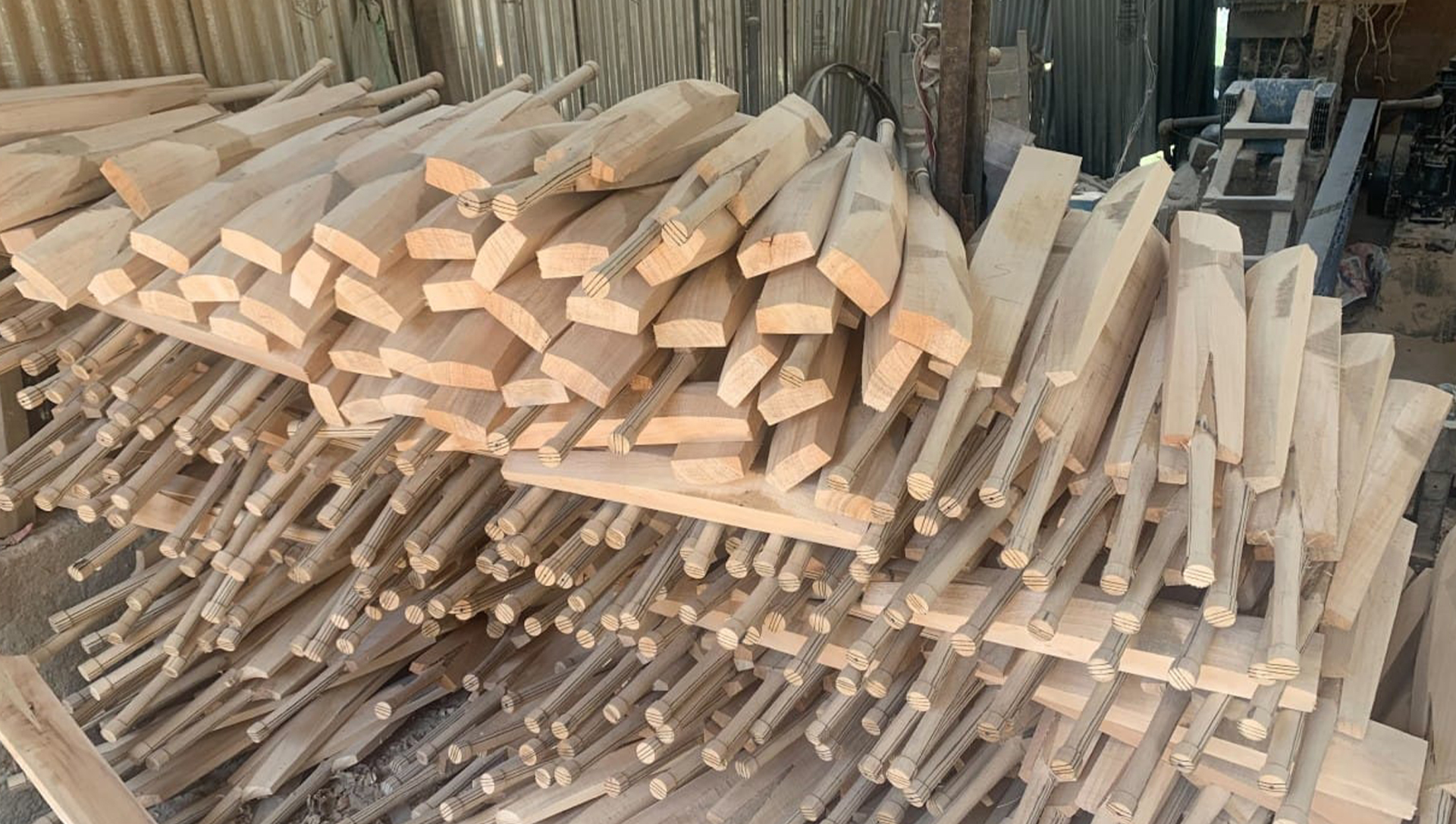
Jammu and Kashmir Industries Department has declared the area from Jawbara, Awantipora to Doonipora, Sangam on Srinagar-Jammu National Highway for cricket bat manufacturing units.
The bat manufacturers are also upbeat about the fact that the process of getting GI (Geographical Indication) tags is on. A study, in September last year, had shown GI tag will serve as a great marketing strategy for selling these bats in international markets. It will also help in raising the prices of the Kashmiri willow bats.
“The English willow is considered good but the Kashmiri willow is as good and the GI tagging will help us,” said Asif Parray, owner of MJS bat factory located near Sangam bridge. “Once GI tagging gets completed sales will go up further.”
In terms of price, Kashmiri willow bats are also more affordable as compared to the English willow bat. While a Kashmiri willow bat costs Rs3500, an English willow bat will cost anything between Rs 16,000 (approx.) to Rs 33,000 (approx.) in the international markets.
Parray said that orders from importers have generated hopes among the bat manufacturers. “Hundreds of families are associated with this trade and once sales start to jump, more and more people will get empowerment,” he said
“We can sell the bat online with the tag and earn customers’ trust. We make more than 2 lakh bats every month in Kashmir in more than 200 factories,” he added.
The demand for Kashmiri willow came at a time when the industry was hit hard by COVID. COVID, along with the industry’s failure to market themselves, had seen 25 bat manufacturing units shut shops in the Halmulla and Sangam areas of the Bijbehara belt. But the spurt in demand had seen some of them returning to the business again.
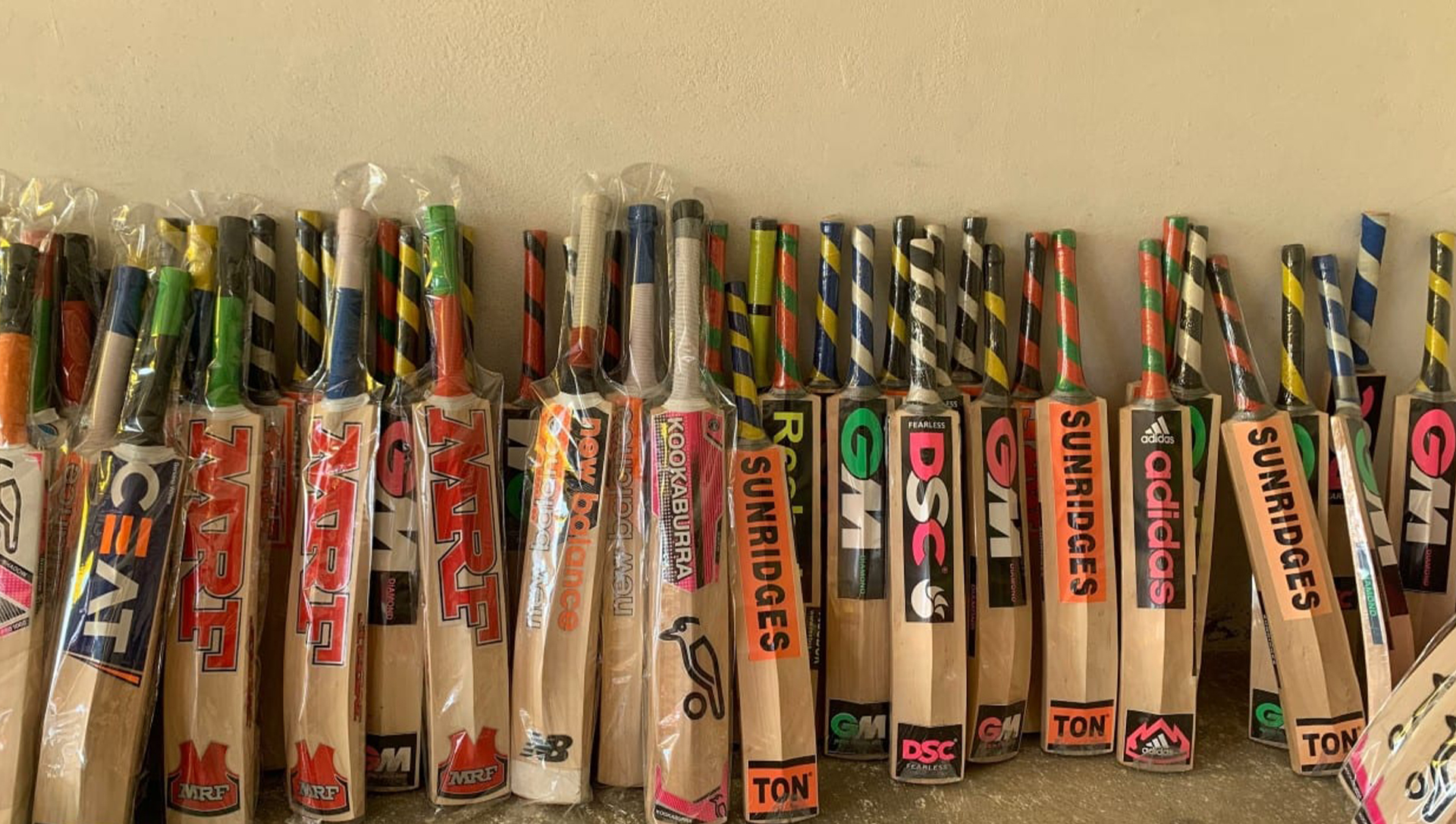
“It has been a long struggle to take our products to the international market. Earlier, there was no response and international cricketers did not even look at our product,” Parray said.
“Besides GI tagging, we managed to interact with representatives of many cricket boards including that of Oman. The efforts had borne results as we can see our willow seen in Oman’s domestic league. It is also used in the Legends Cricket League,” he added.
As the Kashmiri willow is now entering the world stage on a larger scale, there is a renewed hope that it will change the future of the industry in the region. However, the manufacturer is also wary of the dangers as many new manufacturing units are coming up.
ALSO READ: EXC: Former FC Cricketers Laud BCCI For Hiking Monthly Pension
The sudden spurt of bat factories in Kashmir, manufacturers said, also meant indiscriminate cutting down of willow trees, which in turn posed a threat to the future of the industry. They say if deforestation continues to happen at this rate, there won’t be any bat industry in Kashmir in 10 years. They added that trees are being cut in large numbers and no one is going for replantation.